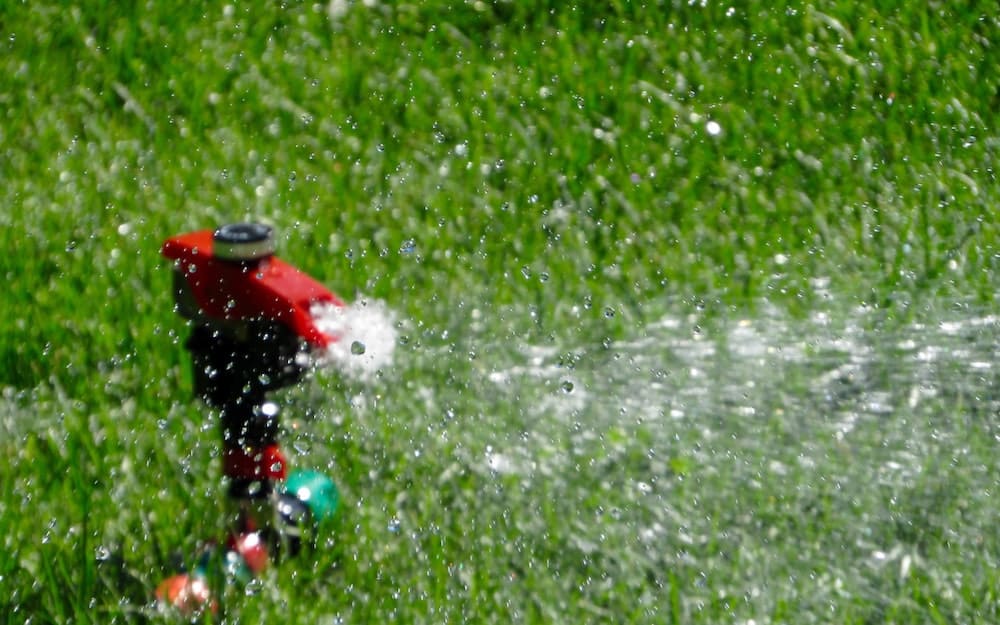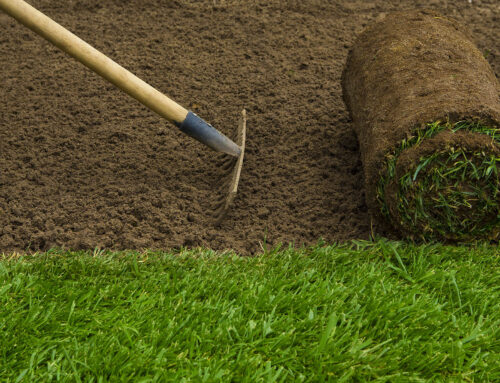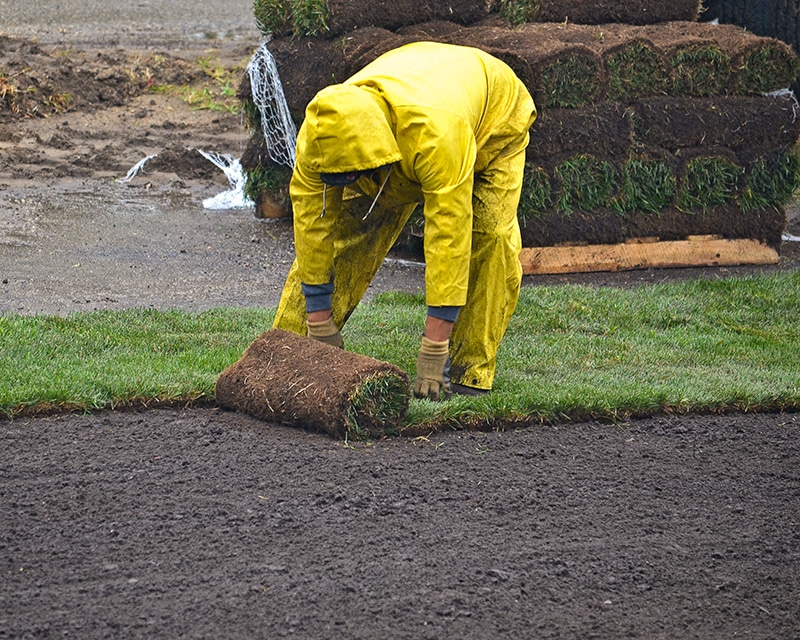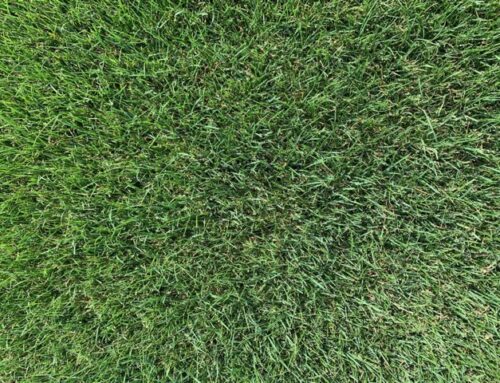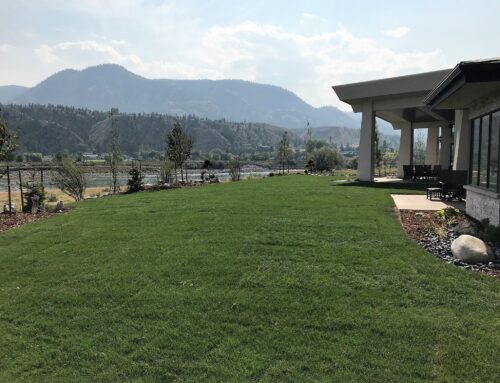Sometimes it’s best to start from scratch.
If you have been wanting a luxurious green lawn, but instead have been dealing with patches of dead grass and endless weeds, you may have decided to start over by digging everything up to lay down new sod. But with winter coming, is this really the best time to do so?
Actually, it is a great time. Laying sod in the fall is one of the best methods for obtaining proper coverage on your lawn. Extreme heat or cold in the summer and winter make it more difficult for the new sod to take.
Fall temperatures provide a better opportunity for the sod to establish itself before the advent of the colder weather. About four to six weeks before the typical arrival of your region’s first frost makes for good timing, but what about winter? Can you lay sod in the winter?
Again, yes.
Laying Sod in Fall
There are a few reasons why you might lay sod in the winter. For example, if you are moving into a newly-constructed home, the builders will lay down sod to keep the area from becoming a muddy mess. This is also done to meet the conditions for a certificate of occupancy stating that a site requires growing plants to stabilize the soil.
Depending on the type of sod, it may be dormant and brown, but it can still lie on the bare soil. This may cause some concern as the grass will appear to be dead, but it is effectively hibernating. Once the warmer spring weather arrives, the roots will begin to take. It’s best to consult a local sod expert, however, to ensure that you are choosing one that is right for you. They will help you choose the best sod, based on your shade, water, and texture needs.
If you are laying the sod in winter and on a slope, you will want to lay it perpendicular to the slope. This helps to keep it in place while also helping to prevent soil erosion before it takes root.
Watering New Sod in Fall and Winter
The cool fall temperatures help keep sod from drying out as the water won’t evaporate as quickly as it does in warmer months. You will still have to water regularly, but with less water.
Once your planting area has been covered with the sod, water it well, using a sprayer on your garden hose to simulate natural rainfall. Depending on the climate, you can do this once or twice each day for about two weeks at the beginning of fall, or less toward the end of fall.
In winter, you can check if the sod already has enough moisture. You can measure this by inserting a sharp tool beneath the turf. Do not water unless the wet portion is below 7-10 cm. Monitor the moisture until the sod goes dormant. Once it reaches this stage, you no longer need to water.
Despite what you may have thought, putting down sod in the fall and winter is not only possible, but it can also help ensure you have a beautiful new lawn come spring.

